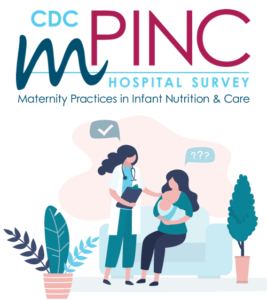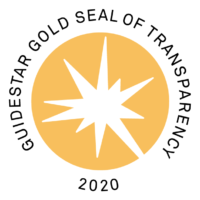Lactation Research & Clinical Resources
Your source for the latest evidence-based research and lactation interventions.

Latest Research Blogs and Reports
Scroll through the Research Corner of the SDCBC Blog.



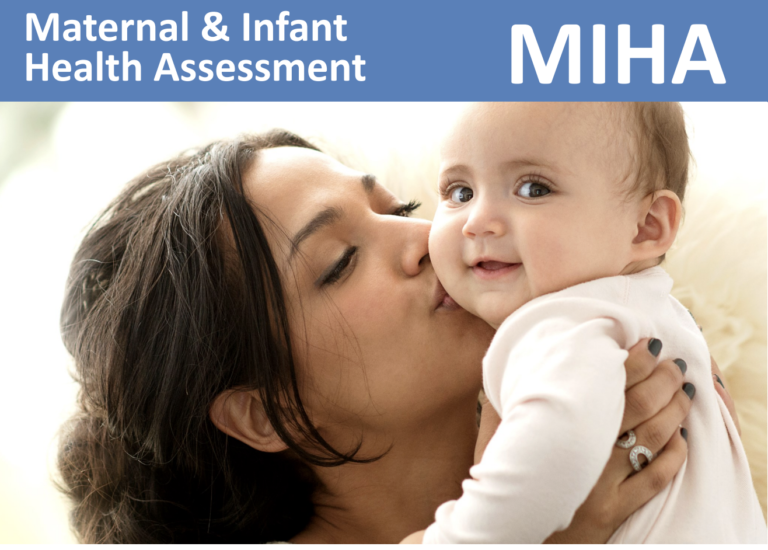
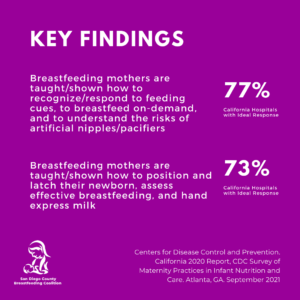

The California Department of Public Health has released updated snapshots based on its Maternal and Infant Health Assessment (MIHA) data.
Each year since 1999, the Maternal and Infant Health Assessment, or MIHA, survey has been sent to a small number of women across California who recently had a live birth. MIHA includes questions about a woman's experiences before, during and shortly after pregnancy, and questions about her new baby.
Data from MIHA are used to monitor the health of women and infants in California, and to plan health policies and programs for California women, infants and families. MIHA is a collaborative effort of the Maternal, Child and Adolescent Health and the Women, Infant & Children (WIC) Divisions of the California Department of Public Health (CDPH) and the Center for Health Equity at the University of California, San Francisco (UCSF) . Quantum Market Research (QMR) is the company that works closely with CDPH and UCSF to conduct the MIHA survey.
The goal of MIHA is to improve the health of mothers and infants by providing data to inform programs and policies aimed at reducing adverse outcomes such as low birth weight, infant mortality and morbidity, and maternal morbidity.
Released this month, AWHONN’s updated position is that “breastfeeding and the provision of expressed human milk are critical components to ensure the health and well-being of newborns, young children, and childbearing women.
If a mother’s own milk is not available, pasteurized donor human milk is the preferred substitute and should be offered when available and medically appropriate before supplementation with infant formula.
AWHONN recognizes breastfeeding as a public health priority and one of the most important health behaviors that affects morbidity and mortality among women and children.
Given the health benefits and significance of human milk feedings for mother-child dyads, systemic and structural barriers such as racism, discrimination, bias, and inequitable access to lactation support and human milk feeding resources, should be addressed to ensure that all women have access to the support needed to reach their infant feeding goals.
Nurses are uniquely positioned to drive innovation and reform in human milk-feeding science, policy, and support infrastructures.
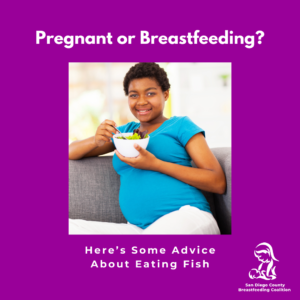
FDA and EPA have issued advice regarding eating fish
This advice can help those who might become or are pregnant or breastfeeding as well as parents and caregivers who are feeding children make informed choices when it comes to the types of fish that are nutritious and safe to eat. This advice supports the recommendations of the Dietary Guidelines for Americans.
Fish intake during pregnancy is recommended because moderate scientific evidence shows it can help your baby’s cognitive development.
A new study published in The Lancet Regional Health - Americas identified significant associations between the initiation of any breastfeeding and reduced post-perinatal deaths in the US population.
Breastfeeding initiation is significantly associated with reduced odds of post-perinatal infant deaths in multiple racial and ethnic groups within the US population. Significant effects of breastfeeding initiation were observed for deaths due to infection [AOR=0•81(0•69–0•94)], Sudden Unexpected Infant Death [AOR=0•85 (0•78–0•92)], and necrotizing enterocolitis.

These findings support integrating efforts to promote, protect, and support breastfeeding for US infant mortality reduction efforts.

In the United States, nearly all infants are born in a hospital. Their stay is typically very short, but events during this time have lasting effects. Experiences with breastfeeding in the first hours and days of life significantly influence an infant’s later feeding. Several key supportive hospital practices can improve breastfeeding outcomes.
CDC’s national survey of Maternity Practices in Infant Nutrition and Care (mPINC) assesses maternity care practices and provides feedback to encourage hospitals to make improvements that better support breastfeeding. About every 2 years, CDC invites all hospitals across the country to complete the mPINC survey. The questions focus on specific parts of hospital maternity care that affect how babies are fed.
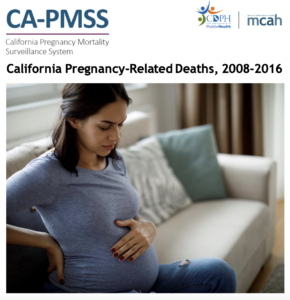
CA-PMSS is a statewide surveillance of deaths among Californians who were pregnant within the prior year. The Maternal, Child and Adolescent Health (MCAH) Division of the California Department of Public Health (CDPH) initiated CA-PMSS in 2018 to provide a timely and accurate accounting of deaths related to or aggravated by the pregnancy or its management.
CDC uses data from the NIS to measure whether we are meeting the nation’s breastfeeding targets, as outlined in Healthy People 2030 (HP2030).
Breastfeeding Disparities Continue to Exist.
- Fewer non-Hispanic Black infants (75.5%) are ever breastfed compared with Asian infants (92.4%), non-Hispanic White infants (85.3%) and Hispanic infants (85.0%). The national average of infants ever breastfed is 83.9%.
- Infants eligible for and receiving the Special Supplemental Nutrition Program for Women, Infants, and Children (WIC) are less likely to ever be breastfed (76.9%) than infants eligible, but not receiving WIC (83.3%), and infants ineligible for WIC (91.6%).
- Younger mothers aged 20 to 29 years are less likely to ever breastfeed (81.2%) than mothers aged 30 years or older (85.9%).
Conclusions: Returning to work within 3 months after birth had a negative impact on breastfeeding for ≥12 months, particularly for those who returned full time. Efforts to support maternity leave and flexible work schedules could prolong breastfeeding durations among a low-income population.
The mPINC Ten Steps Assessment Tool helps to assess a hospital’s implementation of each of the Ten Steps to Successful Breastfeeding using data from CDC’s Maternity Practices in Infant Nutrition and Care (mPINC) survey. The tool can help guide the implementation of maternity care practices and policies supportive of breastfeeding and identify and prioritize quality improvement efforts.
Recently, there has been increased interest in ankyloglossia or tongue-tie demonstrated by a substantial increase in the number of publications. This parallels a huge increase in the diagnosis and treatment of tongue-tie around the world. Despite this reality, there exists a lack of agreement regarding the diagnosis and treatment of tongue-tie globally and among various health professions.
In response to this situation, the Academy of Breastfeeding Medicine gathered a task force of experts—clinicians who have worked extensively in this area—to provide a position statement to summarize the available evidence regarding tongue-tie.
Read the position statement to learn of the five specific areas identified as needing increased research and focus related to the treatment of tongue-tie.
It is the hope that all who assist breastfeeding mothers and their infants become familiar with this document as to achieve collaborative consistency and care.
**Authors: Yvonne LeFort, Amy Evans, Verity Livingstone, Pamela Douglas, Nanette Dahlquist, Brian Donnelly, Kathy Leeper, Earl Harley, Susan Lappin; and the Academy of Breastfeeding Medicine.
Let’s continue to work together to protect, promote and support breastfeeding. As always, please let us know if you have questions or ideas for the Coalition as we continue to adapt during this unique time.
Thank you,
San Diego County Breastfeeding Coalition

